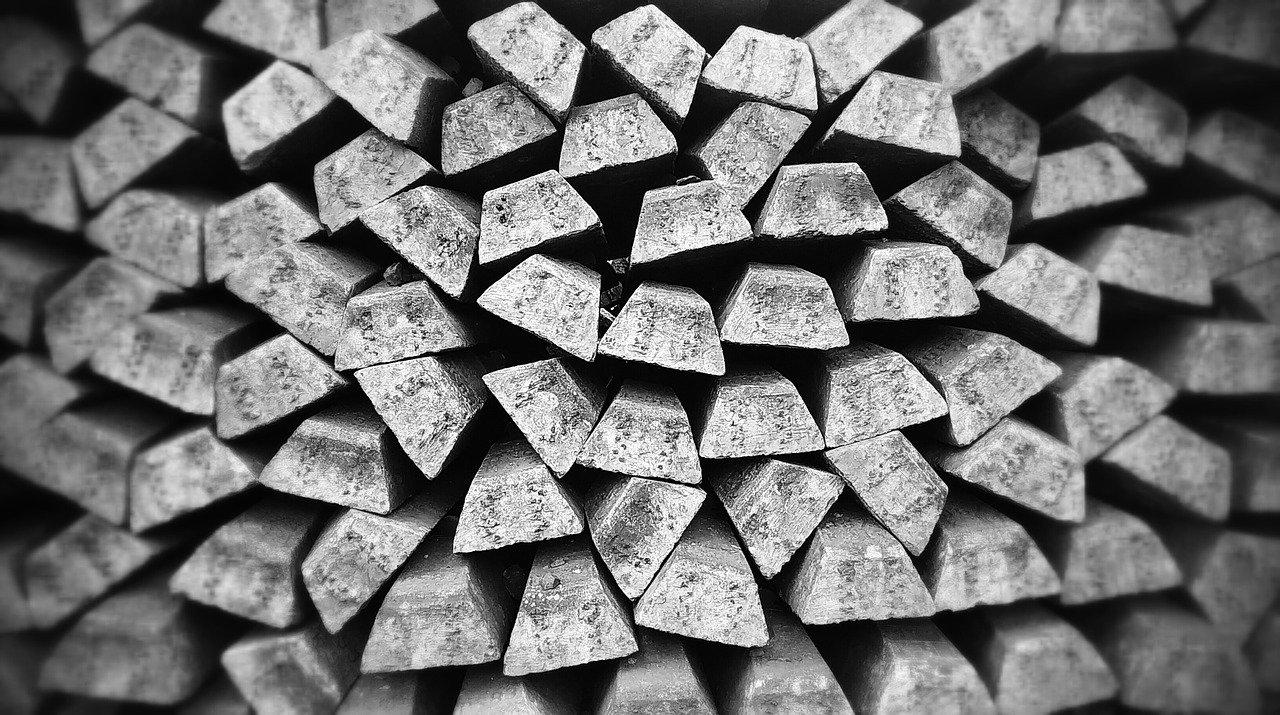What Are the Best Silver ETFs to Play Surging Silver Prices?
As silver prices surge, investors are looking for ways to play the surge. How can investors play the rise in silver prices? What are the best silver ETFs?
Feb. 2 2021, Published 2:38 p.m. ET

Recently, silver prices have surged. The Reddit group WallStreetBets targeted silver after pumping stocks like GameStop and AMC. The subreddit community started buying these stocks in unison and unleashed a short squeeze that caused an explosive rally.
One Redditor called SLV the “biggest short squeeze in the world.” The user said that the inflation-adjusted price of silver should be $1,000 instead of $25. What is the best way to play the surge in silver prices? What is the best silver ETF?

Silver on WallStreetBets
Silver is enjoying a higher run. WallStreetBets has been trying to squeeze short-sellers out of SLV. Considering how large its market is, it's difficult for traders to create a real short squeeze in silver at least to the magnitude of GME and AMC. However, it's still enough to move the price significantly. If you want to get in on the action in silver, here’s how you can start.
Silver ETF versus ETFs that invest in silver mining companies
Silver ETFs track the price of silver and are backed by physical silver. The physically-backed silver ETFs are useful for investors who are looking to gain from exposure to physical silver without actually buying it.
Silver mining ETFs invest in companies that produce silver. These companies are engaged in silver exploration, mining, and production. The companies might also produce other metals in the process. They could also be producing gold and silver produced as a by-product. Silver mining ETFs are a leveraged play on silver prices and usually amplify the silver returns to either side.
Silver mining ETFs give investors a way to gain broad diversification to the silver mining industry. These ETFs offer higher risks and rewards compared to physical silver-backed ETFs due to their leverage. They forfeit some of the diversification benefits compared to holding silver in an investor portfolio. Mining stocks are also impacted by the same stock market variables as other stocks.
Best physical silver ETFs
The iShares Silver Trust (SLV) is the largest and oldest physical silver-backed ETF. Its inception date is April 21, 2006. The ETF tracks the price of silver in the London silver fix price. Its AUM (assets under management) were $14.29 billion. SLV’s expense ratio is 0.50 percent, while its trailing one-year return is nearly 40 percent.
The Aberdeen Standard Physical Silver Shares ETF (SIVR) is a silver ETF that's backed by silver bullion and coins with an AUM of $826 million. At 0.30 percent, its expense ratio is lower than SLV’s.

Leveraged miner ETFs are also a popular way to get exposure to silver. However, as the name suggests, they are quite leveraged and offer higher risk and higher returns. The ProShares Ultra Silver (AGQ) is a popular silver leveraged ETF that offers 2x daily long leverage to silver bullion. Therefore, investors who have a significantly bullish outlook for silver can go for this ETF.
In contrast, the ProShares UltraShort Silver (ZSL) provides -2x daily leverage to silver bullion. It's a good bet for investors who are bearish on silver’s outlook.
Best silver miner ETFs
Among silver miner ETFs, the Global X Silver Miners ETF (SIL) is the largest and most popular. It provides access to a broad range of mining companies. In the last year, SIL’s average annualized returns are nearly 40 percent. Currently, it has 42 holdings. Wheaton Precious, Polymetal, Pan American Silver Corp., and Korea Zinc Co. are its four largest holdings. They form 18.8, 12.01, 11.2, and 5.44 percent of SIL's net assets, respectively.
The ETFMG Prime Junior Silver Miners ETF (SILJ) is another popular silver miner ETF that targets small-cap silver miners. While investing in small-cap silver miners could mean higher returns since they are more leveraged to silver prices, it also implies much higher risk. Usually, they are either exploration stage companies or single mine companies with no diversification benefits.
